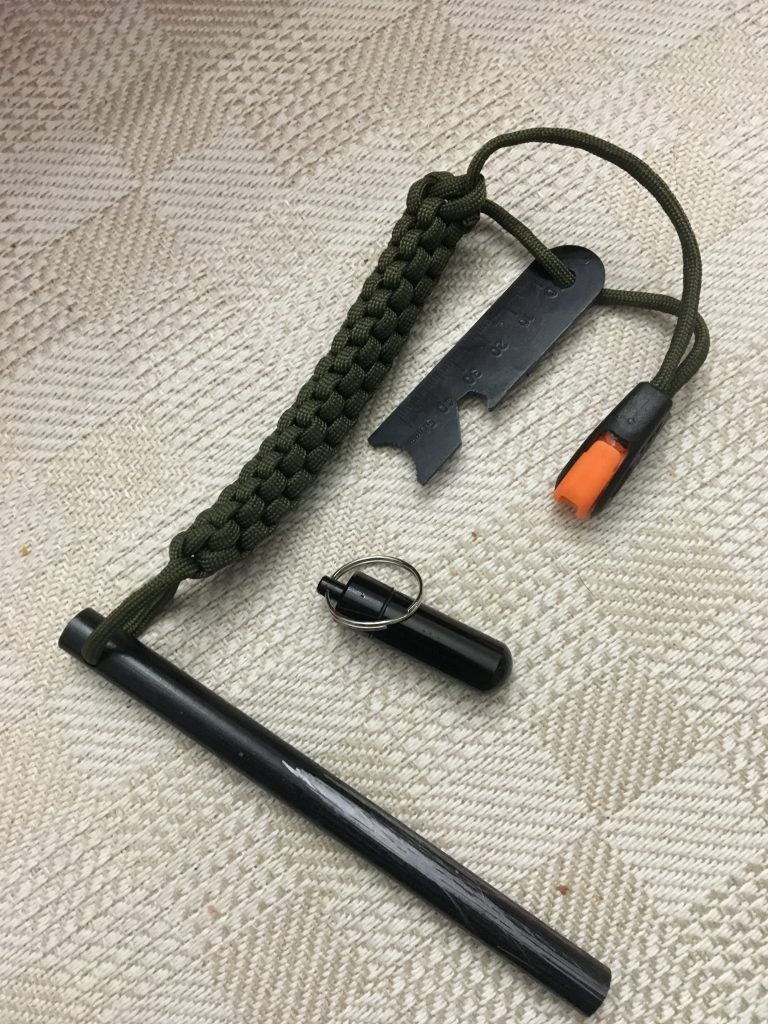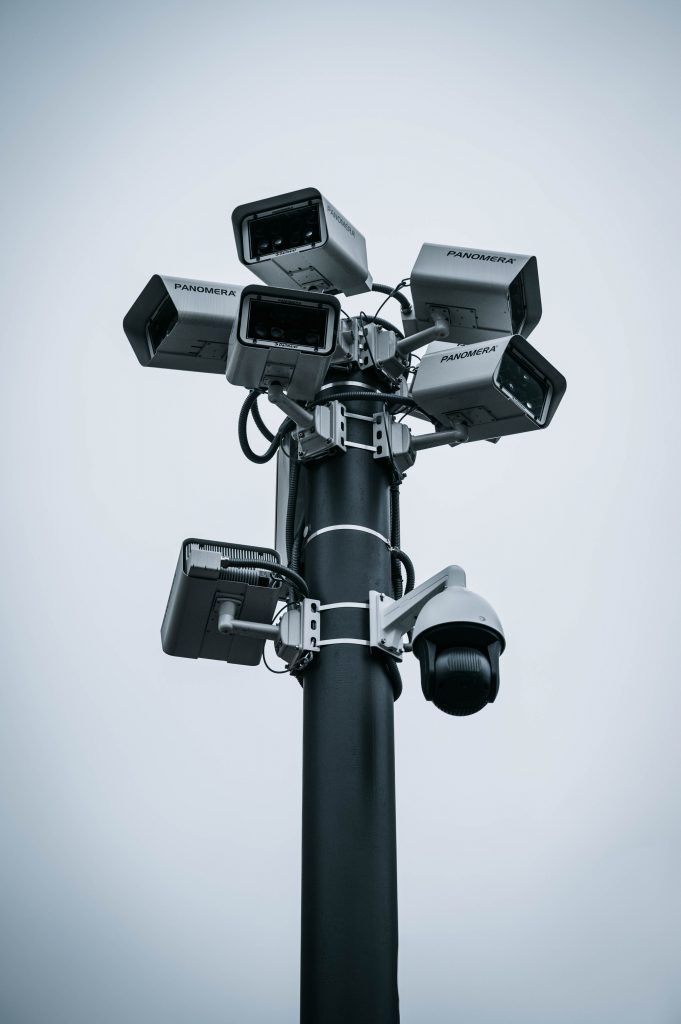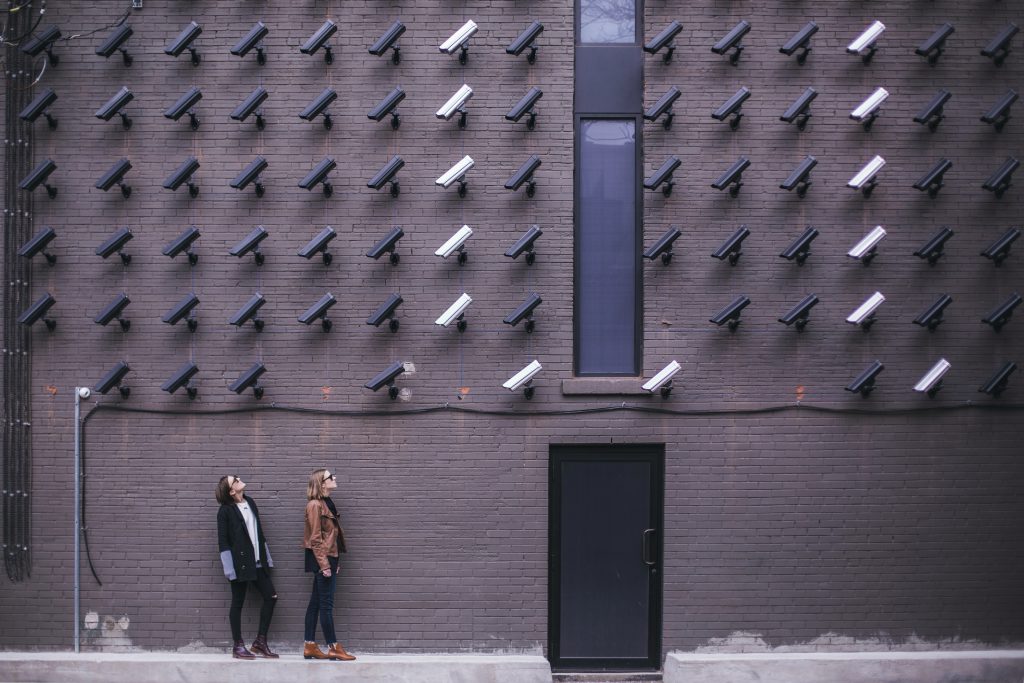Do you stay home all day? If you’re like many people you don’t. Eventually the inevitable cabin fever sets in and you feel the need to leave your cocoon. Even with all the smart home amenities that encourage people to stay home these days, eventually you exit the comforts of your residence and leave the closed walls behind. You set forth from your front door to experience fresh air, run errands, visit your favorite shooting range, or take a hike. All of these adventures require time—time in which no one is watching your home.
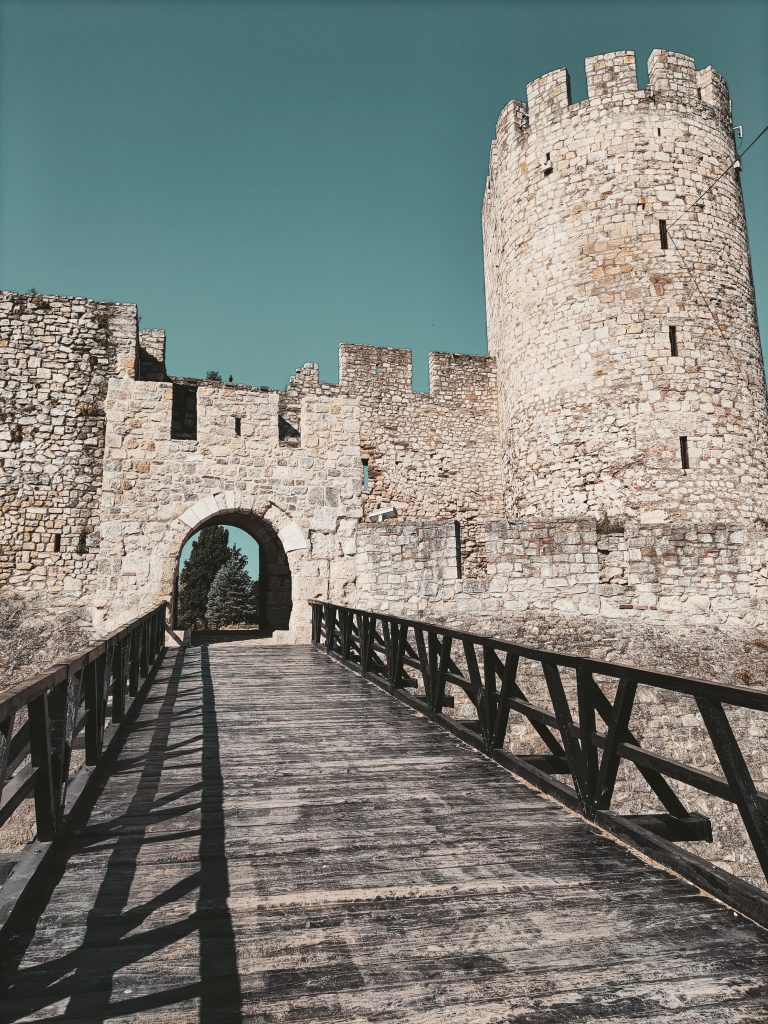
The most important investment you will ever own gets left behind. It is left desolate and unwatched. All your food stores, emergency prep, and family air looms are alone. It’s left unprotected by a few sheets of glass, a steel lock, and a garage and/or back door; all of which create entry points for unwelcomed guests. Even the newest most “technologically engineered” homes often fail to have protection that is much better than the cabin built 100 years ago (unless you have a security installed). This leaves your valuables readily available, either for robbery or fire- especially if you don’t have a dog. It also makes your home less secure from strangers if a global disaster strikes or an epidemic comes to our country. It is important to protect your family and home and tactically fortify your fortress. You never know who might be watching your home.
- Strategic Family Plan
Tactically speaking, it is crucial to have a family plan. A family plan gets all family members on the same page about home security. Let’s face it- a good crowbar, screw driver, or rock will get many people into your home; especially the people that were waiting for you to leave. Create a plan that addresses’ the steps each family member should take to protect the home for when you are home and away. This helps decrease the chances your fortress is available for easy attacks. Here are some suggestions and ideas to address in a family plan:
- Have a designated meeting place outside of the home in case of an emergency
- Give the kids the assignment of locking their bedroom windows
- Have family members note suspicious individuals walking around the neighborhood
- Help your kids understand the importance of not opening the door for strangers or giving out personal information on the phone
- If you have a backyard and a fence with a gate, assign someone to lock it
- Make sure everyone knows how to handle an emergency situation (fire, break-in, heart attack, etc. Line out the steps to take and numbers to call
- Most Important! Practice emergency situations and put your strategic family plan to the test. Nothing will prepare you and your family like practicing emergency situations-especially if you have children. From a behavioral perspective, a fake emergency or security breach helps your kids learn how to act. Practicing also makes errors in the plan pretty evident and this can help the plan improve.
Having a plan helps improve home security and the ability to protect your fortress and family. This isn’t to say that many improvements haven’t been made in our homes or society, but it does say that that one factor often gets neglected- the importance of having a strategic family plan.

- Improve Your Fortress Security
Let’s say disaster strikes and the world is struggling to find resources because the government, transportation, electricity, and water are completely shut down. As a prepper and survivalist, you want to protect your investments right? For many preppers, there is a lot of equity in the home. This includes all the food stores, emergency equipment and survival goods. Your home needs to be updated so there are specific security measures in place to protect these goods.
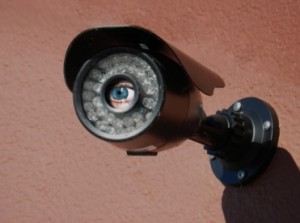
Why should you take measure to protect your home? Think about it, your home is built and then sold to you. Once you own it, you are responsible for your belongings, family and all your prepared goods. Why would the builder of your home care about this? Why would they care about the security of something they don’t own inside your home? In many ways, the builder probably wanted you to pay for the upgrades to appropriately secure your investment. There are a variety of tactics that will help improve your fortress.
- Install a lock on the inside of your garage door and on the door leading into your house from the garage
- Make sure garage door openers are accounted for at all times
- Since many home burglaries occur in midday, consider adding a home security system. Home security systems are often neglected in the construction of homes these days. Think about installing one as they help detect burglary, fire, co2 leaks and can be programmed to call in extra security if you or your home is in peril.
- Add landscape lighting and various exterior lighting to illuminate your home at night. The addition of lights deters most burglars from robbing your home and helps neighbors see any suspicious activities
- Act as if you were going to break into your own home and make adjustments accordingly. Imagine you were the burglar and you wanted to break in. Think about the door you might pick, or the window you might break down. Go to that location and examine the window or door. Fix and improve as needed.
As a survivalist you are left to protect your family and fortress if something goes awry. Protecting your home is critical while you are off on an adventure or in the fields learning new survival techniques. It would be even more important if disaster strikes.
The next time you consider taking the tactical advantage to secure your home, consider some of the above tips. The thousands lost in a robbery or fire can be prevented by following some of these guidelines. It will help protect all the equity in your home-including your family, food store and emergency supplies. Isn’t that worth saving?
Guest author: Lukas Nicholson has been an avid survivalist and prepper for 15 years. Lukas has been committed to educating others about survival techniques and home security measures. He has two kids and supports his family by working in the security industry.


